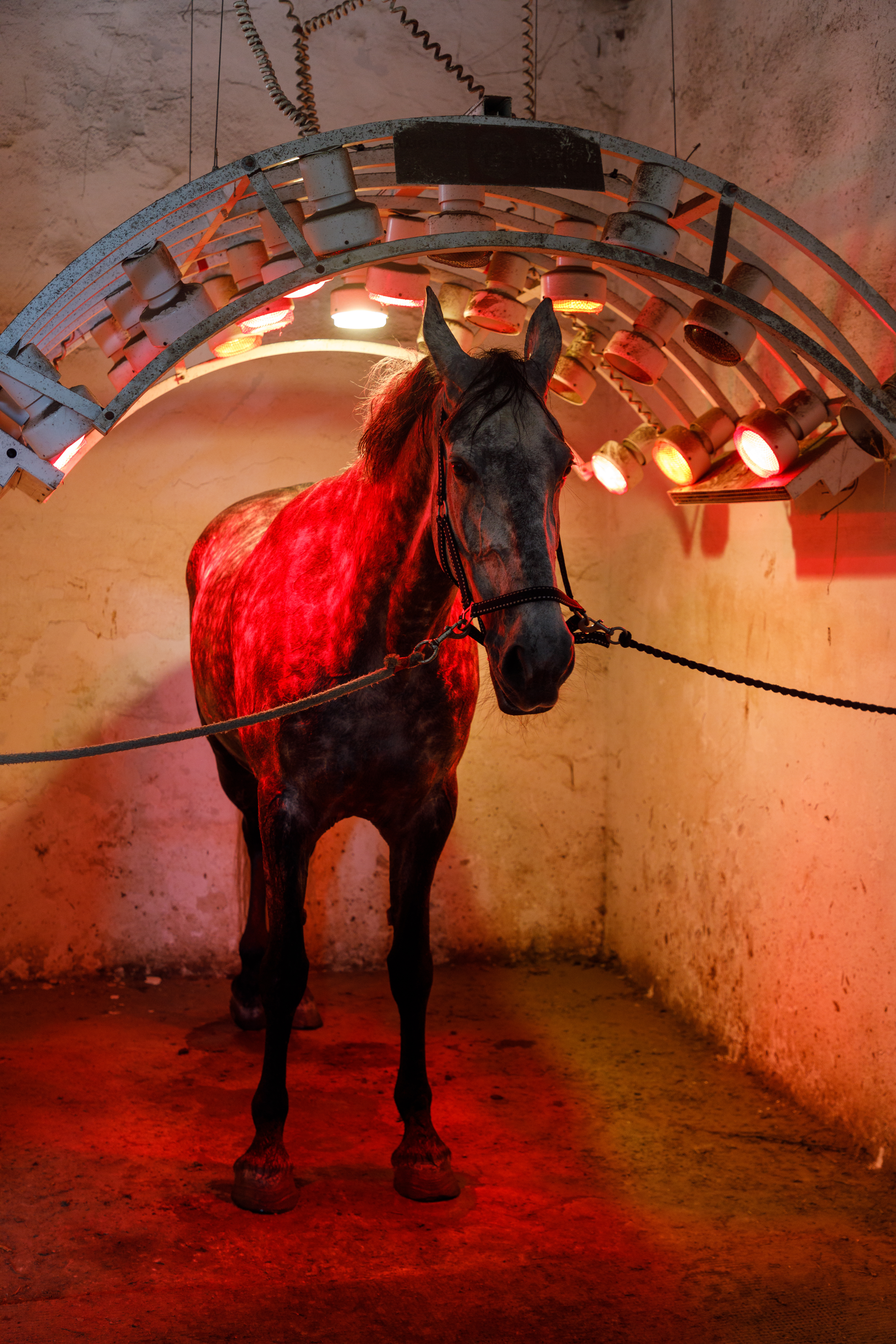- The naked eye can see up to 50 Hz.
- Different devices/equipment contains varying abilities to produce the below, extremely fast pulse rates.
Nogier Frequecies: Auricular Acupuncture





https://pubmed.ncbi.nlm.nih.gov/31050938/
Concusion: Home-use PBM devices appear to mediate effective, safe treatments in a variety of conditions that require frequent applications.
Light-emitting diode therapy reduces persistent inflammatory pain: Role of interleukin 10 and antioxidant enzymes.
https://pubmed.ncbi.nlm.nih.gov/27001179/
Conclusions: These data contribute to the understanding of the neurobiological mechanisms involved in the therapeutic effect of LEDT as well as provides additional support for its use in the treatment of painful conditions of inflammatory etiology.
https://pubmed.ncbi.nlm.nih.gov/31170016/
Conclusions: Optimization of light parameters allows R/NIR to act as an anti-inflammatory agent in a wide range of medical applications..
Radiological and biochemical effects (CTX-II, MMP-3, 8, and 13) of low-level laser therapy (LLLT) in chronic osteoarthritis in Al-Kharj, Saudi Arabia.
https://pubmed.ncbi.nlm.nih.gov/27913970/
Extract: Our results show that low-level laser therapy was more efficient in reducing pain and improving cartilage thickness through biochemical changes.
https://pubmed.ncbi.nlm.nih.gov/19764893/
Results: All patients completed their LED regimens (4 requiring 1 regimen, 5 requiring a second). Follow-up periods were from 3 to 8 months, except in two patients who were lost to follow-up. Clearance rates at the end of the follow-up period ranged from 60% to 100%. Satisfaction was universally very high.
Conclusions: The antiinflammatory effects of LED energy at 830 nm and 633 nm have been well documented, as has their use in wound healing. LED phototherapy is easy to apply, pain free and side-effect free, and is well tolerated by patients of all skin types. The promising results of this preliminary study warrant a proper controlled double-blind study with a larger patient population.
Nogier Frequecies: Auricular Acupuncture


